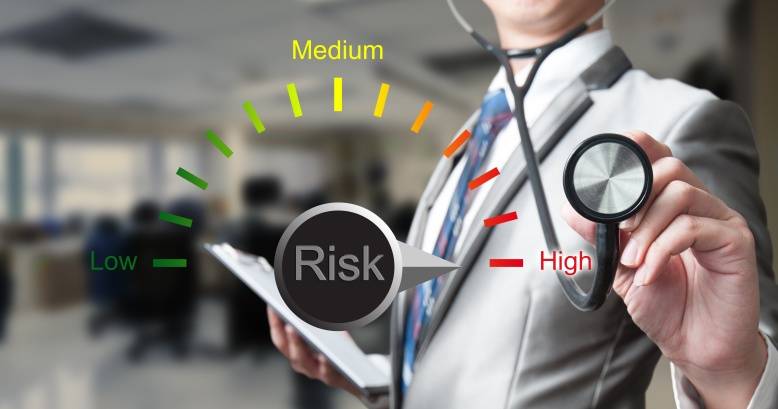Concentrating on one aspect of risk management, each of the three final guidance documents is kept focused similar to the concept papers and draft guidance’s preceding them. The guidance on good pharmacovigilance practices aims at the pre-marketing guidance for pre-marketing risk assessment and post-marketing guidance for post-marketing risk assessment. Risk minimization follows the standard approach framed by the Risk Map Guidance. Then Food and the Drug Administrative Department (FDA) in the US define the risk management as the combination of risk assessment and risk minimization. The processes involved in the risk management consist of iterative approach with four major steps.
Those steps include the assessment of a product’s benefit –risk balance, the implementation and development of tools that are required for the minimization of risk while keeping its benefits preserved on the other side, the reassessment of benefit-risk balance along with the incorporation of evaluation tool effectiveness and creating adjustments to suit the appropriate requirements that are responsible for the formation of risk management tools besides improving the benefit-risk balance. The continuous operation of these four processes throughout the lifecycle of a product performs better risk assessments leading to the successful identification of risk minimization approaches.
 Necessary points to keep in mind while reviewing the recommendations provided in the guidance on good pharmacovigilance practices
Necessary points to keep in mind while reviewing the recommendations provided in the guidance on good pharmacovigilance practices
The foremost point is that a lot of recommendations described in the guidance are not necessarily intended be generally applicable to all products. Most of the pharmacovigilance industries have been very keen to analyze risk assessment and risk minimization activities for the products during the development and marketing phase. Some of the basic requirements for routine risk assessment and risk management have been widely recognized and approved by the FDCA (The Federal food, drug, and cosmetic Act). The risk management and assessment techniques follow a consistent approach as a part of routine practices on the pharmacovigilance guidance. The proper maintenance of reports from relevant pharmacovigilance department is an absolute necessity for the monitoring purpose of clinical studies or medical literature which otherwise may generate signals of adverse effects on drugs. Based on the degree of quality of reports the results are evaluated for identifying an appropriate relationship between the product and adverse events. Major recommendations of FDA include the reasonable attempt to acquire total information for the purpose of case assessment during initial contacts and subsequent follow-up especially in the case of serious events.
Questioning is one of the predominant factors that should be considered to target specific events in order to help focus the line of questioning. Computer-assisted interview technology and targeted questionnaires shall be developed to obtain permission so as to monitor the patient’s adverse conditions which can be later utilized to retrieve relevant medical records. Based on the suggestion and the seriousness of the reported events FDA recommends the most effective and aggressive techniques that can be implemented in the guidance on good pharmacovigilance practices.
It is very important to manifest the valuable characteristics of a good case report. One of the strongest recommendations of FDA is to seek minimum bias and therefore to reduce the events account for possible confounding. When it comes to pharmacoepidemiologic study, confounding by indication is a great instance. Sometimes conflicting results may occur due to the factors such as the effect of bias, effect modification or confounding, evaluating the same or different results and even the use of different designs. A detailed dissection of the results is needed on a high note to verify the agreement of the results from more than one study. Later, a complete analysis reassures the robustness of observed results.



